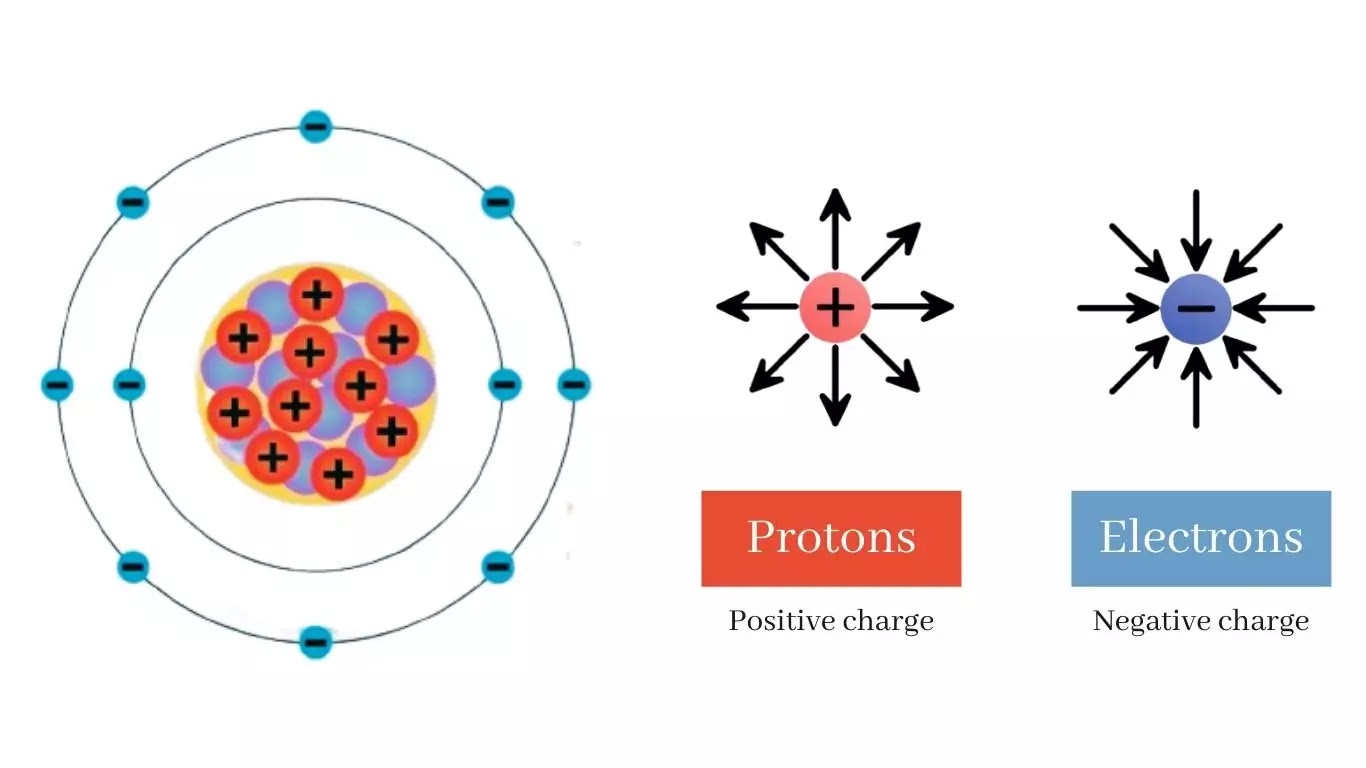
Electric Charge
An introduction to Electric Charge
Name: Own Teacher
Email: info@ownteacher.com
Created At: 01-11-2023
electrical phenomena. It is a fundamental concept in physics and is central to our understanding of the behavior of particles at the atomic and subatomic levels. Here is a comprehensive explanation of electric charge:
1. Types of Electric Charge:
- Positive Charge: Atoms that have lost one or more electrons have a positive charge.
- Negative Charge: Atoms that have gained one or more electrons have a negative charge.
2. Elementary Charge: The charge on a single electron is approximately -1.602 x 10^(-19) coulombs, which is considered the elementary charge.
3. Conservation of Charge: Electric charge is a conserved quantity, meaning the total charge in a closed system remains constant. Charge cannot be created or destroyed; it can only be transferred from one object to another.
4. Quantization of Charge: Charge comes in discrete units, and all charges are integer multiples of the elementary charge. This is known as quantization of charge.
5. Attraction and Repulsion: Like charges (e.g., positive-positive or negative-negative) repel each other, while opposite charges (positive-negative) attract each other.
6. Coulomb's Law: Coulomb's law describes the electrostatic force between two point charges. It states that the force is directly proportional to the product of the charges and inversely proportional to the square of the distance between them.
7. Electric Field: Electric charges create an electric field around them, which exerts a force on other charges placed in that field.
8. Static Electricity: When charges accumulate on an object and remain stationary, it is referred to as static electricity. It is responsible for phenomena like frictional charging and the attraction of charged objects.
9. Conductors and Insulators: Materials are categorized as conductors (allow charge to flow easily) and insulators (prevent charge flow). Metals are good conductors, while materials like rubber and plastic are insulators.
10. Triboelectric Effect: Charging by friction occurs when two materials are rubbed together, causing a transfer of electrons between them.
11. Charging by Induction: This process involves charging an object by bringing it close to a charged object, without direct contact.
12. Charging by Conduction: Charging by direct contact occurs when a charged object is brought into contact with a neutral object, transferring charge to the neutral object.
13. Electric Circuits: Electric charge is the basis of electrical circuits, where charged particles (usually electrons) move through conductors to create electrical currents.
14. Applications: Electric charge plays a vital role in a wide range of applications, including electricity generation, electronic devices, telecommunications, and more.
Electric charge is a fundamental concept that underpins our understanding of electromagnetism and the behavior of matter at the atomic and subatomic scales. It is a key factor in everyday electrical and electronic technologies and is central to the functioning of our modern world.
Electric Charge
Electric charge is a fundamental property of matter that expresses the extent to which an object has more or fewer electrons than protons. It is a characteristic of a unit of matter and is symbolized as 'q' .There are two types of charge: positive charge, exhibited by protons, and negative charge, exhibited by electrons . The SI unit of electric charge is the coulomb (C).
Properties of Electric Charge
Electric charge possesses several important properties that help us understand its behavior:
Additivity of Electric Charge: When charges combine, their magnitudes add up algebraically. For example, if we have a positive charge of +3 units and a negative charge of -2 units, the resulting charge would be +1 unit.
Conservation of Electric Charge: In an isolated system, electric charge is conserved. This means that the total electric charge within the system remains constant over time. The algebraic sum of all the charges present in the system remains the same.
Quantization of Electric Charge: Electric charge is quantized, meaning it exists in discrete amounts. The charge of an atom is always a multiple of the elementary charge, which is the charge carried by a single electron or a single proton.
Electric Charge and Static Electricity
Static electricity refers to the electric charge of an object and the related electrostatic discharge when two objects are brought together that are not at equilibrium. An electrostatic discharge creates a change in the charge of each of the two objects.
Even when an object's net charge is zero, the charge can be distributed non-uniformly in the object. This can occur due to an external electromagnetic field or bound polar molecules, resulting in the object being polarized .
Conservation of Electric Charge
Electric charge is conserved in any isolated system, meaning the total electric charge within the system remains constant over time. This conservation of charge is a fundamental principle in physics.
Unit of Electric Charge
The unit of electric charge in the SI system is the coulomb (C). One coulomb consists of 6.24 x 10^18 natural units of electric charge, such as individual electrons or protons .The charge of an electron is -1.602176634 x 10^-19 coulomb.
Conclusion
Electric charge is a fundamental property of matter that expresses the extent to which an object has more or fewer electrons than protons. It possesses properties such as additivity, conservation, and quantization. The unit of electric charge is the coulomb, and it is conserved in any isolated system.
Comment List
Leave a Comment.



